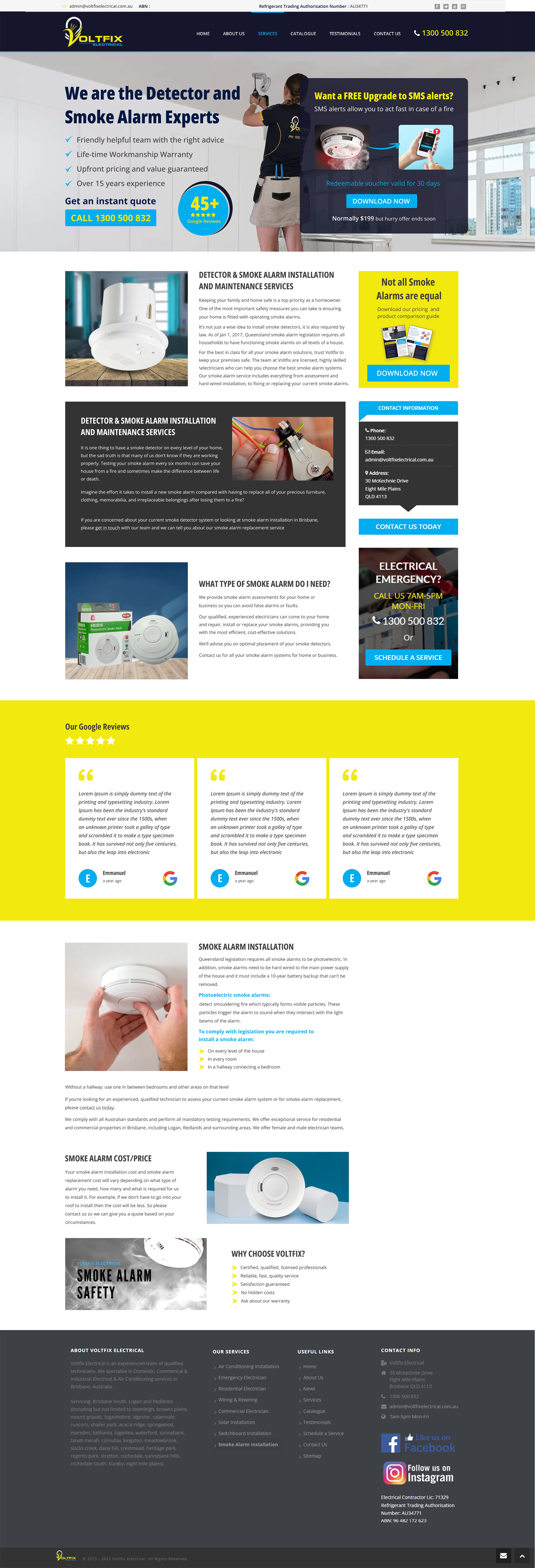This guide has two main aims.
- Establish a hierarchy of where to start so you can get the most possible return for extra content on your site and;
- How to structure that content to make it rank on google.
Hierarchy of content.
A good way to work out the hierarchy of content is to open up your website’s home page and see how many page clicks you can drill down to and away from the homepage. Sometimes there are only 2 levels, product categories and the add to cart page and on others this can be 3 to 5 levels deep before you reach the final step. This largely depends on how much product choice and range you have on offer. As a general rule of thumb, the higher the number of clicks it takes to get to a final or add to cart page, the lower the priority it should be to add more content to those pages.
Although there are some exceptions to this idea, the deeper the page is the more long-tail the keyword it will likely be targeting. So for example a high-level category page is often one click away from the homepage and likely targets a high level category like “dresses”. While a product page for a “size 8 red dress” might be 3 clicks away from the homepage and is targeting a much more specific and long-tail keyword. Although ranking for long-tail keywords have a lot of value, the volume of traffic they can appear for on Google is often much much lower. Using our example; the keyword “dresses” has more traffic than “size 8 red dress”. So when we are deciding where to focus first we always recommend going after the higher search volume keywords first.
Some may argue that by ranking product pages first you can get results faster. The reality however is, if we can rank a top level category keyword page, it means we have built a higher level of trust in your brand which will flow down to all your dress related product pages. So the question is do you want to rank for 1 specific page or potentially dozens or hundreds of pages. The exception to this is if we identify medium-tail keywords that have high search volume. They may be a product category that is one level below a top level product category, like Party Dresses, or Cocktail Dresses. Here we can achieve a good balance of search volume while still building trust in the brand that still flows down to many other product pages. In some cases we may also recommend restructuring a navigation so these medium-tail keywords are less clicks away from the home page.
How much content do I need to write and how?
The absolute minimum I would recommend for any page is 250 words per page but this should be based more on what your competitors are doing. If none of your competitors have much content on their page, do the minimum. If they have quite a bit then it’s best to do slightly more than they have. There are also advanced content correlation tools that we can use which compare many content ranking factors, however in most cases there is a much more simple method. Review who is ranking in the top 3 positions for each major keyword and compare content volume, how many images, videos, internal or external links and how often do they mention certain keywords in heading, title tags and body content. Google is ranking them in the top 3 for a reason, so your task is to find the commonalities between what they are doing and what everyone else isn’t doing.
What do I write about?
There are a few things you need to take into consideration the biggest of which is to ask yourself; what is the keyword the page is trying to rank for and if you were typing that into Google what exactly are you asking? If you strive to answer the question people are asking as completely as possible, then as Google gets smarter and smarter and you will be rewarded more and more. This is referred to as search intent.
Google doesn’t always understand questions people are asking quite as much as we might like, so it’s also important to look for what pages are currently ranking and see how they have answered the question, and try to cover the same topics.
We use advanced tools that analyse natural language processing rules to determine the relevant topics to get even more advantages. Unfortunately these tools are not cheap, so if you are on a budget or don’t have this type of tool, what’s currently ranking will almost always give great clues along the same lines.
How do I add content to my category pages without it taking over the page?
The use of “read more” buttons is a great way to get significantly extra content on a page. This gives people who are more interested, the opportunity to continue reading if they want to without sacrificing the ability to have your products start above the fold. We know that content below the fold of a page has a much lower chance of engaging readers.
In Summary
So to summarise and simplify these topics as much as possible. If you start with the most important pages closest to the home page and work backwards from there. Get the right amount of words on the page and focus on answering the questions people are actually asking. You will give your pages an unfair advantage in the google search results. There are many other factors that affect rankings but for a lot of keywords this is enough to really dominate search. The process isn’t difficult, it just takes a lot of time but often this Investment is once off and a fraction of what many brands spend ongoing each month on paid advertising.



















